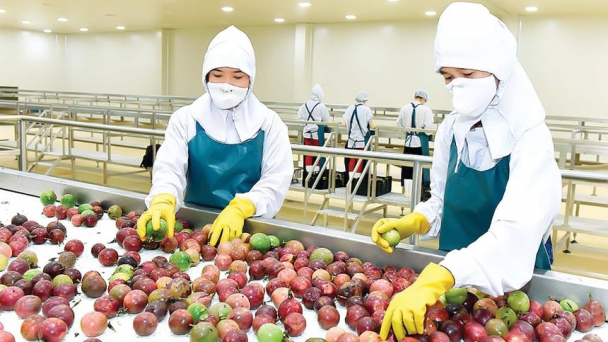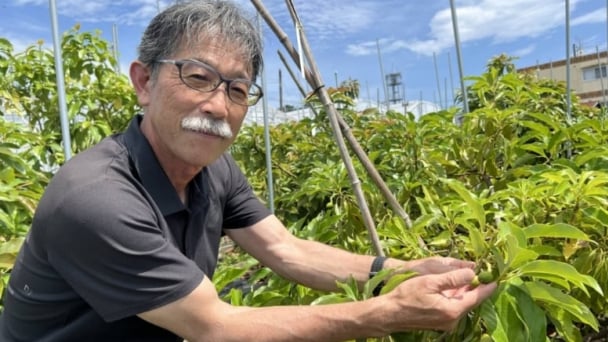June 27, 2025 | 10:46 GMT +7
June 27, 2025 | 10:46 GMT +7
Hotline: 0913.378.918
June 27, 2025 | 10:46 GMT +7
Hotline: 0913.378.918
With consumption outstripping production increases year on year, global grain ending stocks for the marketing year 2024-25 are projected to decline to a 10-year low, according to the International Grains Council (IGC).
In its monthly grain market report, released on Nov. 21, the IGC revised total grains (wheat, corn and other coarse grains) ending stocks lower by 8 million tonnes, to 576 million, a 3.5% decrease from the previous year.
“Grains output is now seen at 2.311 billion tonnes, down by 4 million from last month, mainly because of downgrades estimates for barley and wheat,” the IGC said. “The projection of world consumption is up by 4 million tonnes (from the previous month) with increases for feed, food and industrial uses.”
Wheat carryover stocks are forecast to decline year on year by 9 million tonnes while corn inventories are seen decreasing by 10 million tonnes.
Total grains exports are projected to dip year on year by 8% to 419 million tonnes, the IGC said. If realized, it would be the lowest trade total in six years.
Soybean output was revised 2 million tonnes lower from the previous month but is still expected to increase year on year by 6% to a record 419 million tonnes, the IGC said. With consumption set to increase by 5% to 408 million tonnes (also an all-time high), global soybean ending stocks are projected to soar to a record 82 million tonnes in 2024-25.
“With (production) gains anticipated to be broad-based, spanning multiple regions and market segments, total utilization is seen expanding to a new peak, while heavy stock accumulation in the three majors is anticipated,” the IGC said.
Chiefly linked to an improved outlook in India, the IGC revised 2024-25 global rice output 4 million tonnes higher to a record 535 million tonnes.
The IGC’s Grain & Oilseeds Prices Index held steady from last month at 223, which is a 13% decline from 2023-24. Most of the year-on-year decrease is due to a 13% decline in the rice sub-index and a 20% decline in the soybean sub-index.
(WG)

(VAN) Two newly signed protocols with China place Vietnamese passion fruit and fresh chili in a more transparent playing field, where exporting is just the first step; passing post-inspection is now essential.

(VAN) Flooding in NE Arkansas may shift the rice outlook downward.

(VAN) Tsutomu Uchida, 64, wipes the sweat from his face as he walks through a farming plot filled with avocado trees in a port district of Shizuoka.

(VAN) At the request of partners, the agriculture and environment sector of Binh Dinh is determined to develop a red tilapia farming linkage chain in Dinh Binh reservoir that meets export standards.

(VAN) Last week, the U.S. Department of Agriculture (USDA) released its June World Agricultural Supply and Demand Estimates (WASDE), raising projections for both Indian rice production and U.S. rice imports for the 2025/2026 marketing year.
/2025/06/17/2344-1-131758_261.jpg)
(VAN) Amid tariff risks and growing trade barriers in the U.S. market, Australia is emerging as a promising destination to sustain the growth momentum of Vietnam's shrimp exports.
/2025/06/17/2013-1-nongnghiep-112009.jpg)
(VAN) This notable growth trend reflects the global taste for fresh, nutritious fruits and the expanding use of lychees across various sectors.